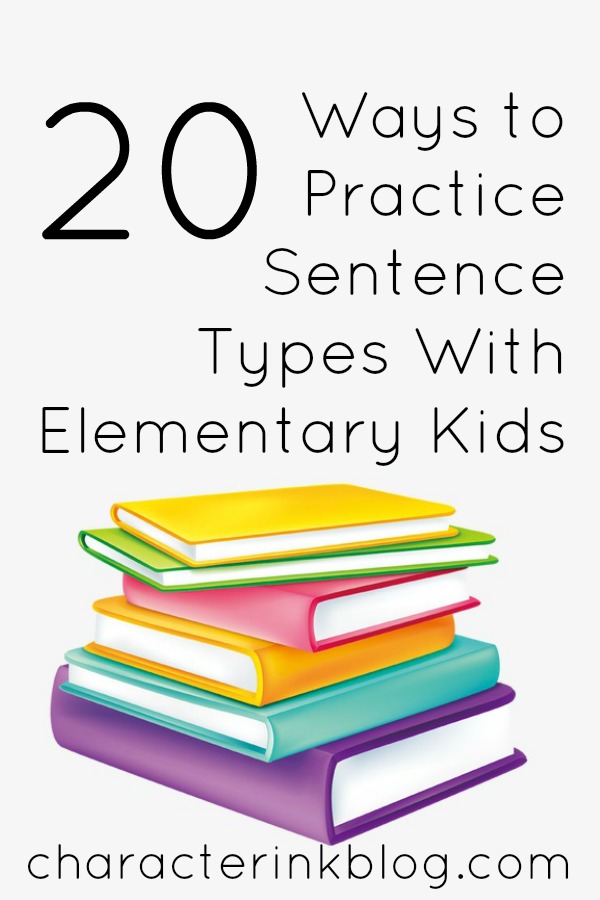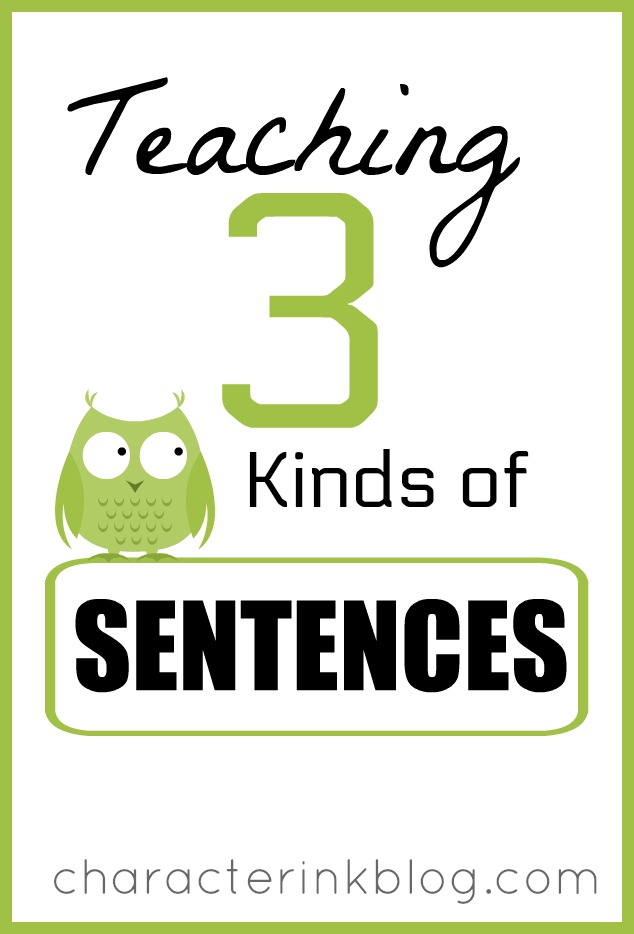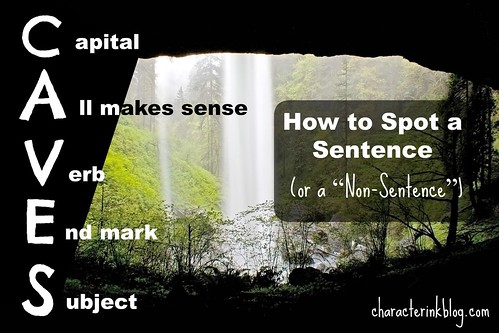by Donna | Nov 18, 2018

“I’ve learned that people will forget what you said, people will forget what
you did, but people will never forget how you made them feel.” Maya Angelou
Many years ago when we had seven children fourteen and under, we decided that we wanted our children and our family to be blessings to others—not burdens. We knew that bringing seven kids into situations can seem overwhelming to hosts. We wanted people to look forward to our family coming—not dread seeing our big thirteen passenger van pull in the drive-way! We decided that when we went to a get-together, as Christians, we should be energy-givers, not energy-zappers!
We knew that going to a family get together of any kind, but especially any with non-Christians, and trying to “show” people our Christianity by our standards wouldn’t work. Non-Christians do not care about your standards—they do not worry about what you are wearing, what you are not watching, and other outward signs that we often think are important (and they might be, but they seldom show our faith as much as we think they do). What non-Christians care about is how they are treated (which is what everybody cares about, really!).
(more…)
by Donna | Oct 31, 2018

1. Use three key words to introduce sentence types. Sometimes just shortening longer words to their base can make them easier for students to grasp. I like to use the punctuation marks as part of the key word teaching in phrases like these:
a) Declarative–You DECLARE something. Just stating something.
b) Interrogative—Are you a suspect in an INTERROGATION room getting questioned?
c) Exclamatory—You EXCLAIM something in loud words with an exclamation point!
(more…)
by Donna | Oct 29, 2018

Most second graders learn about three types of sentences—the declarative, interrogative, and exclamatory. Children do not have a lot of trouble with the three types of sentences—it is relatively easy to discover the difference between a statement (or declarative sentence) and a question (or interrogative sentence), etc.
Again, the problem most writers (of all ages) have is not determining what the ending punctuation should be for a sentence or determining if a sentence should begin with a capital letter or not. The real difficulty lies in determining whether a group of words is a sentence or not a sentence. We will examine that more closely as the next month progresses.
(more…)
by Donna | Oct 14, 2018

One of the best ways you can help a child become good in language arts (which carries over to all of his school work–since all school work involves reading, comprehending, organizing, etc.) is to help him become a good reader.
Over the past month, I have focused on teaching reading, reading aloud, reading instruction, phonics, and more.
(more…)
by Donna | Oct 13, 2018

It has been said that when a banker or a counterfeit money “agent” learns about counterfeit money, he or she begins by learning what the real thing looks like.
I use this same approach to teach about sentences, clauses, and phrases in my language arts and writing books (Character Quality Language Arts and Meaningful Composition): teach the students what a real sentence looks like—and then teach what are not real sentences.
I teach what a sentence contains using a simple acronym: CAVES
(more…)








